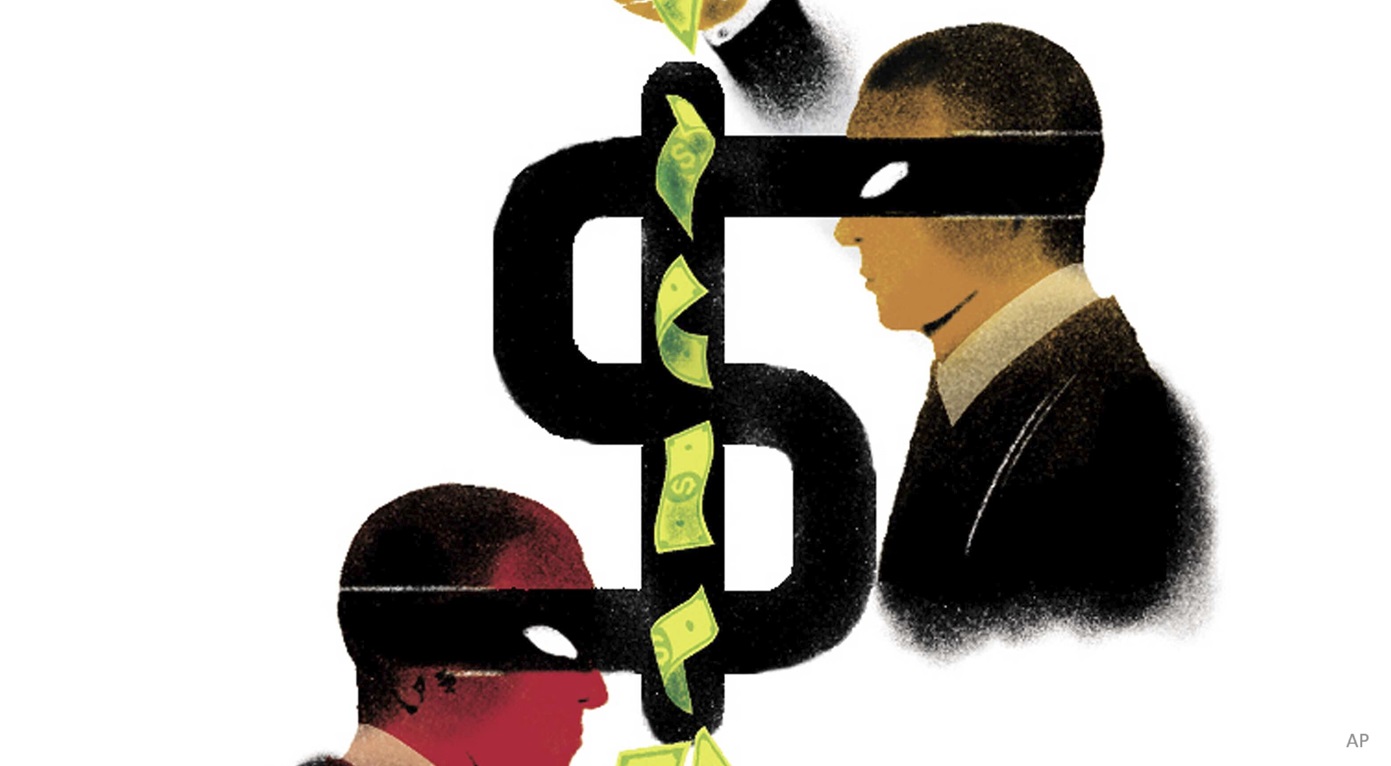Ashley Redmond: I'm Ashley Redmond for Morningstar.ca, and it is Portfolio Tune-Up Week here in Canada. I'm on the line with A.J. Dasaro.
A.J., thanks so much for joining us.
A.J. Dasaro: Hi, Ashley.
Redmond: Here at Morningstar you cover alternative investments, and broadly speaking, alternative investments are anything other than cash, stocks and bonds. So why should investors be aware of alternative investments and what do you think they bring to the table?
Dasaro: Alternative investments bring a lower risk alternative to investors' portfolios. It's a way to take less risk in your portfolio than say investing in stocks, but reach for a little bit more return. And additionally the major benefit of alternatives is that while they do go through periods of boom and bust, those are going to be different than the stock market.
So, when you have a downturn like [we did in] 2008, alternatives are going to protect your portfolio and give you a smoother ride.
Redmond: And how much of an investor's portfolio should be allocated to alternative investments?
Dasaro: Morningstar recommends anywhere from 5% of the portfolio all the way up to 40%. Generally if you are a low-risk investor, like I said, alternatives are a way to take less risk in your portfolio and diversify. If you're looking for that then you’ll have a higher allocation. Anything below 5% generally won't make a difference in your portfolio.
Redmond: Any other factors that can sway this? Are there certain investors that should be more heavily allocated to alternative investments?
Dasaro: Investors that are currently in retirement or are using their portfolio for cash flow; they [should] have a larger allocation to alternatives. In general, alternatives can be a good diversifier away from bonds. In 2013, you had bond funds lose a lot of money because interest rates rose. Alternatives were a great diversifier for that and paid out the stable cash flows.
If you're a young investor or you're trying to grow your portfolio, stocks are still the best way to do that.
Redmond: Can you give us some examples of alternative investments that you cover right now?
Dasaro: Yes. Ashley, there is a long short equity fund that's worth taking note of: Picton Mahoney has a long short fund that will allow investors to achieve equity like returns but with a little bit less volatility for a smoother ride.
Redmond: Any other funds that you can mention?
Dasaro: Yes. The Phillips Hager & North Absolute Return Strategy is a low risk, low return alternative to a fixed income offering. It's a multi-strategy fund that has some of the best risk adjusted returns in the alternative space.
Redmond: What alternative strategies should investors stay away from?
Dasaro: The alternative strategies investors should stay away from are the ones that they don't understand. Generally, we recommend that investors go through financial advisors to invest in alternatives, but always do your own research and make sure you understand what you're investing in before you invest.
Redmond: Great. Thanks, A.J. And remember its Portfolio Tune-Up Week here in Canada, so check back regularly for new articles and videos.











:quality(80)/cloudfront-us-east-1.images.arcpublishing.com/morningstar/Q3KIND5VXRCNHHH6JQHCCYBSSA.png)








